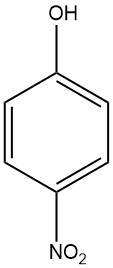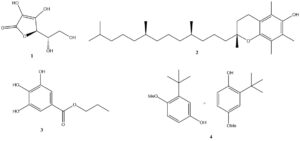
Benzenesulfonic Acid: Properties, Production and Uses
Benzenesulfonic acid is an organic molecule with the formula C6H5SO3H. It is a white crystals or waxy solid that is soluble in water and ethanol.
Read MoreBenzenesulfonic Acid: Properties, Production and Uses










